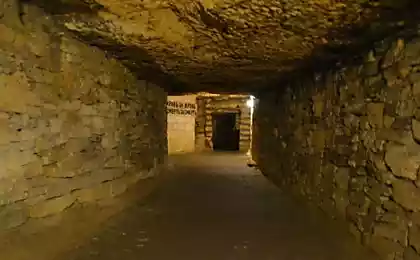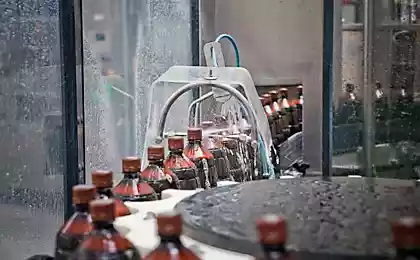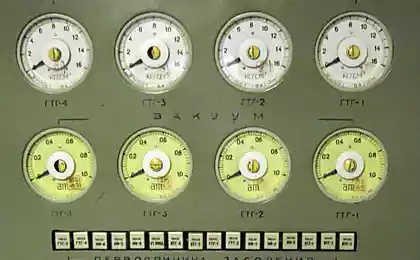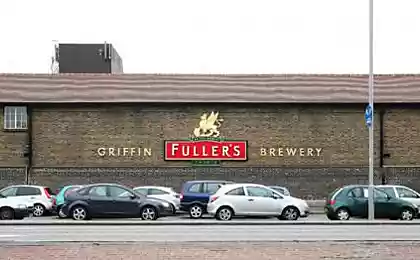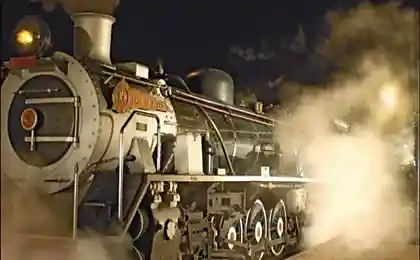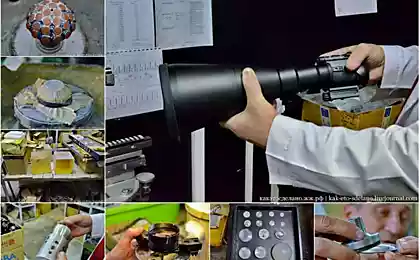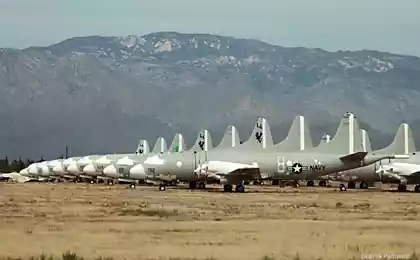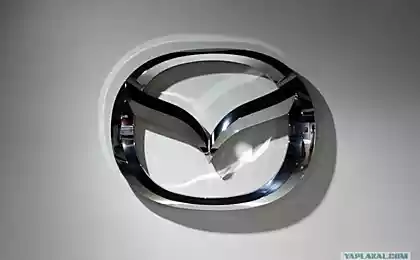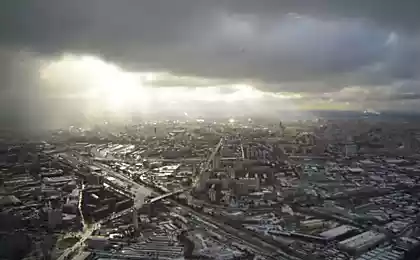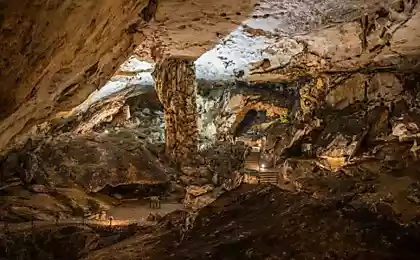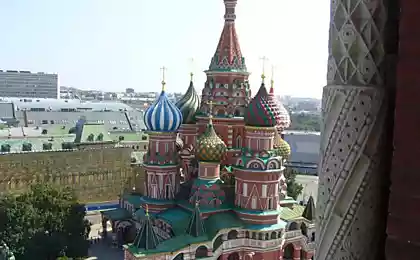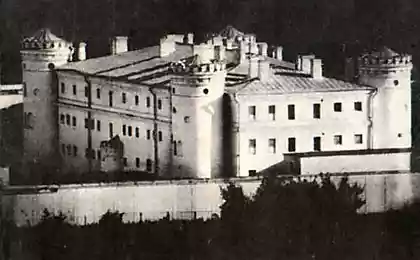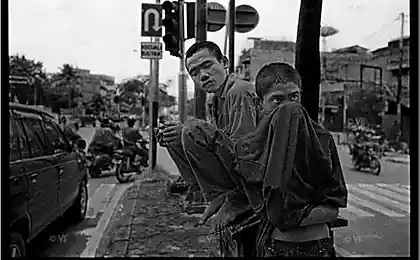1262
Tour AHTS
Good afternoon, YaPovtsy, decided to put a little (or not) the post of the marine theme, inspired by the oil tanker, in contrast to the previous TC I - Electrician, so this post will focus on the "stuffing" of the vessel.
80 pictures
The vessel AHTS (Anchor heandling, towing and supply), intended for the rewind / lift anchor, towing and supply oil platforms, the vessel can also be used for other purposes, in our case, for operations with ROV (Remote operation vechicle), in Russian technical regulations (remotely operated underwater unit).
So there you go ...
Photo 1: General view, parking in Dunkerque, France.
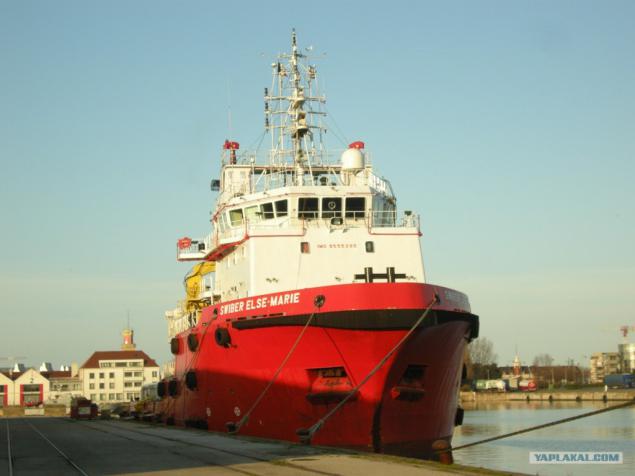
Photo 2: View from the nose.
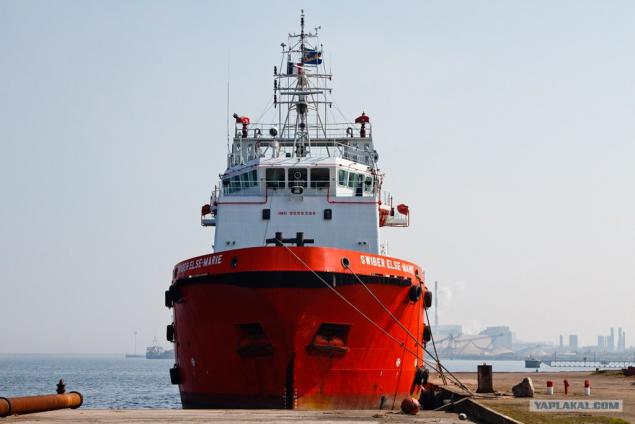
Photo 3: Rear bridge - for operations in DP mode (when the ship is kept in a specified point by dvizheteley and sensors), busirovke, yakorezavodke ...
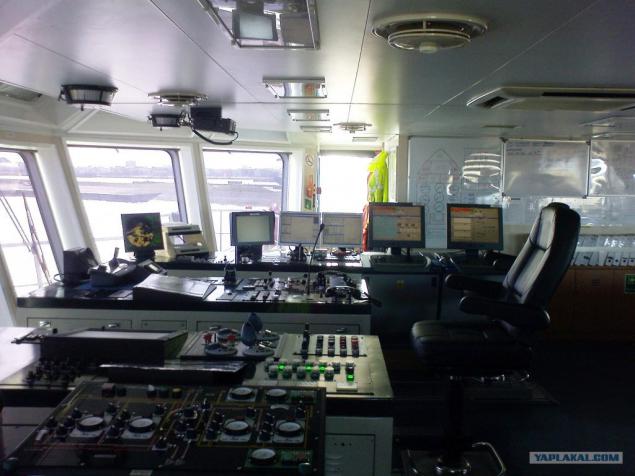
Photo 4: navigation, chart table, here seen maps that are paving the route to the right box with cables, satellite Internet equipment, the background of CEP
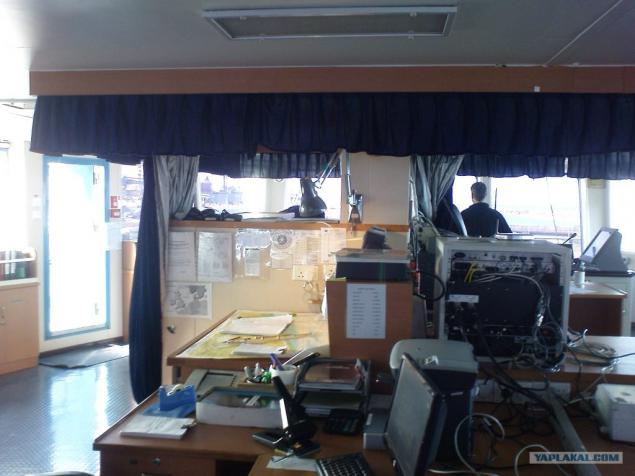
Photo 5: The right side of the bridge - a relaxation area for deck officers, right behind the scenes was a table with a coffee machine, kettle, biscuits ... Beer and other forbidden us, otherwise the ticket home
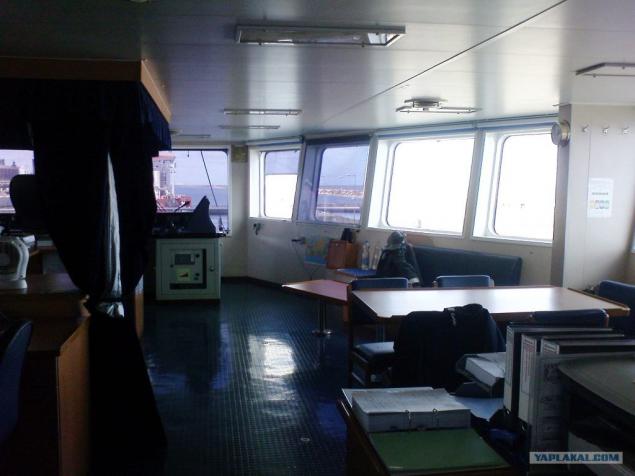
Photo 6: Corridor residential deck cabins have everything except the captain and chief engineer small 3 * 4 m high, I'm sorry but there is no picture cabins.
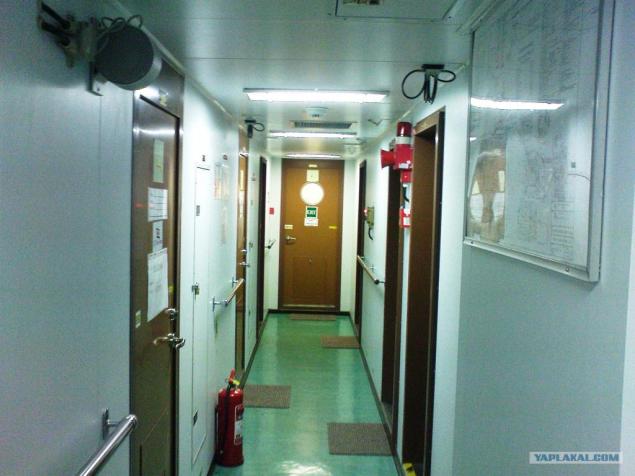
Photo 7: Stairs, steps high and steep for the person who will be the first time for him to go - a small test, some stumble, eventually you start on them "fly»
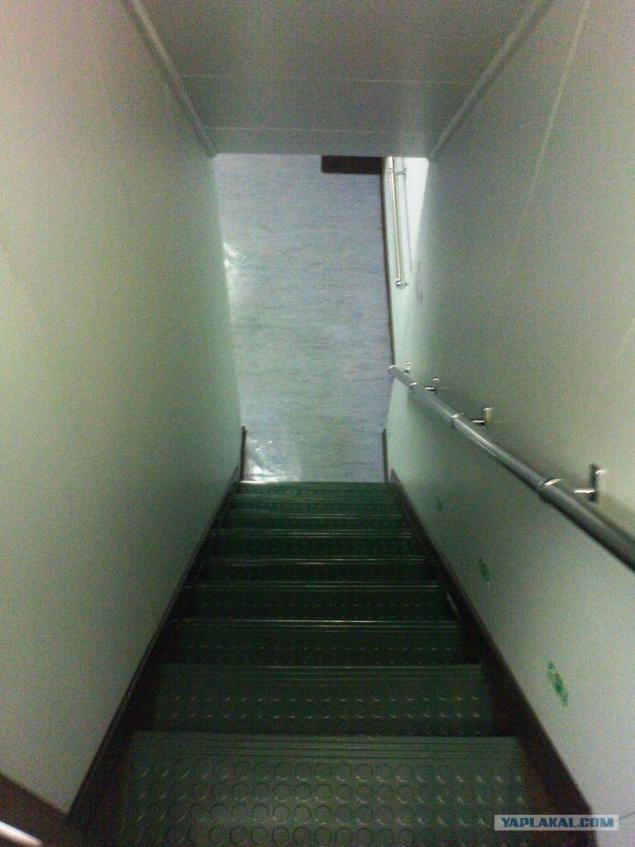
Photo 8: deck below, visible staircase.
Sign on the door with the names of crew members and the time of the watch, the watch is usually try not to worry, just ask to be quiet in the corridors, for those who sleep on the wall of red box with flashing lights, fire alarm, visible in front of her "pancake" - a speakerphone Us.
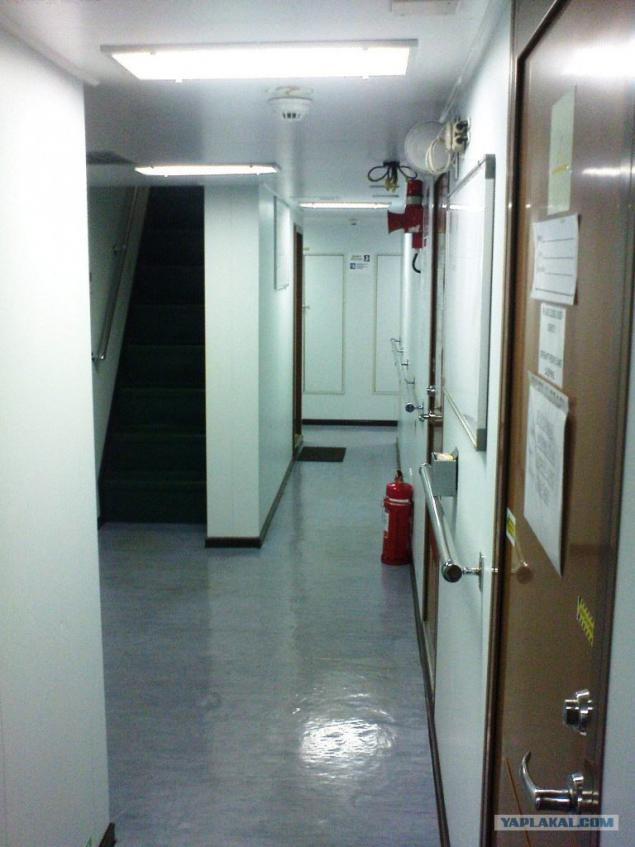
Photo 9: Another corridor, but on the other deck, everything looks the same, only the numbers are different cabins. At the end of the corridor is visible to the door, usually it hides pipe or drain, or perhaps a regular closet.
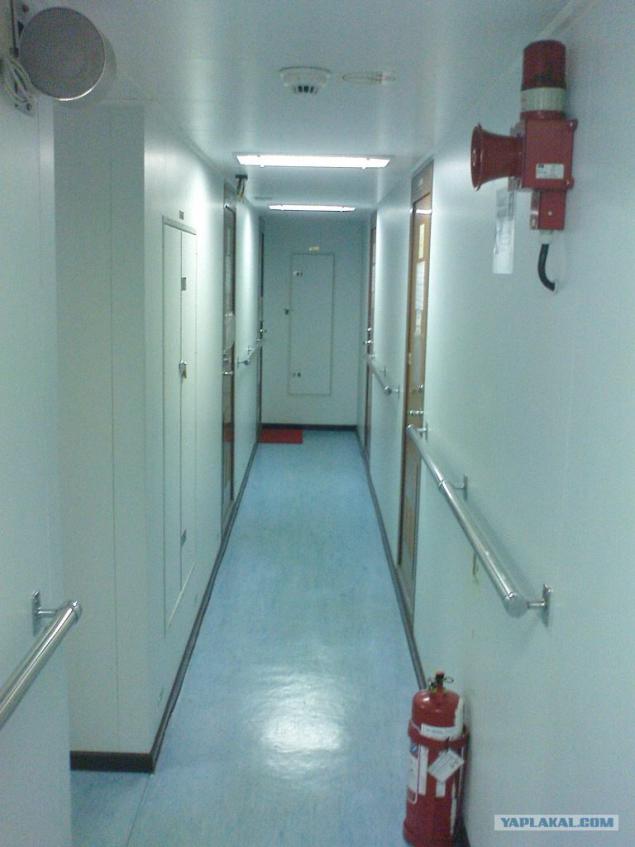
Photo 10: Messroom or dining room, due to lack of lighting is dim picture. but still visible.
Tables for the crew, the right of them garbage cans with colored caps, according to the law, we share the garbage - waste food, plastic, paper, all in different tanks.
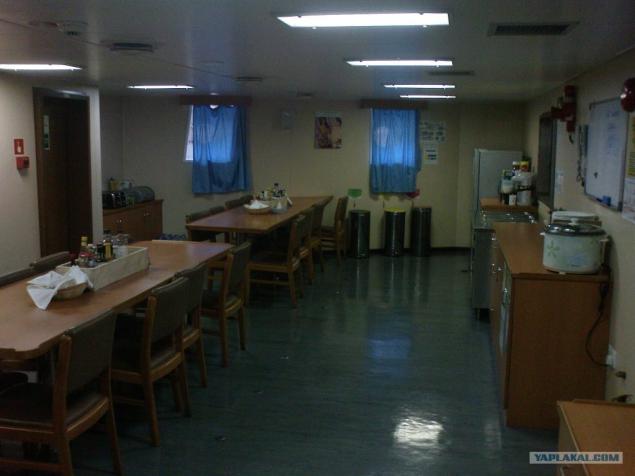
Photo 11: Another view
Refrigerators can be seen, there is stored juices softdrink'i (Coca-cola, Pepsi and other rubbish), ice cream, cheese, snacks ... window to the kitchen and part of the cook.
The right of the notice board, a variety of information to the crew, while training for a fire alarm ...
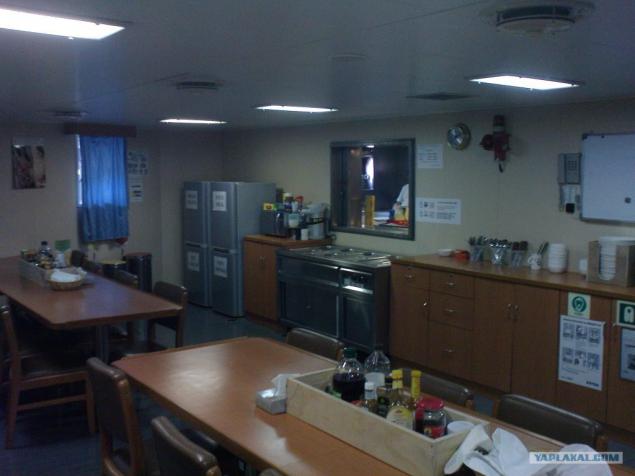
Photo 12: Here we change (lockers right) and erasable, and kombeza in small cars washed prohibited, for this is Pobol (in the background). Immediately to the left - a clothes dryer.
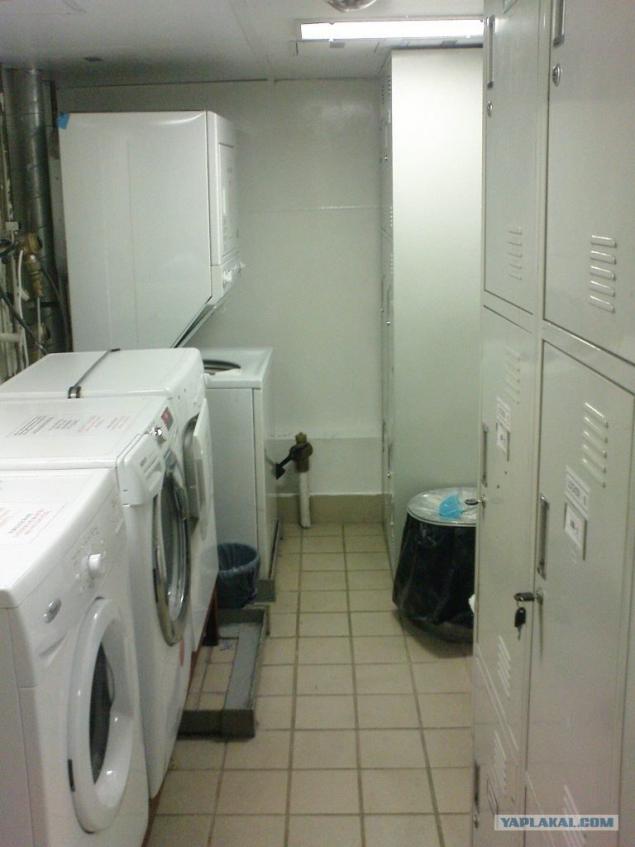
I'm sorry there were problems with the internet, continue
Photo 13: We got up and "stuffing". The compressor, in combination my warehouse, the background is visible lattice for it holds spare parts for all the equipment. In the foreground of the box with a new ZIPom and distilled. water for batteries, not only got time to tell.
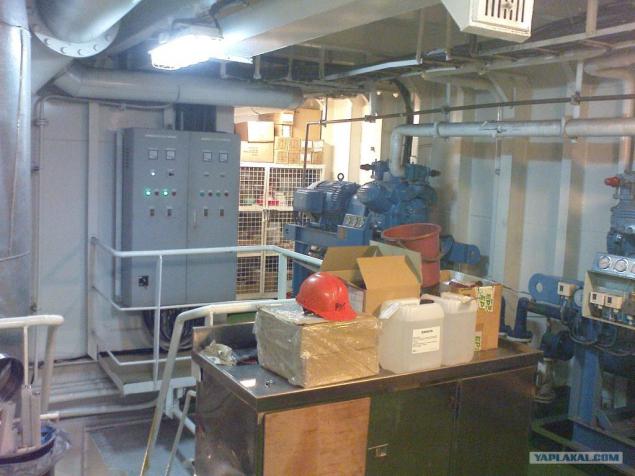
Photo 14: View from the other side
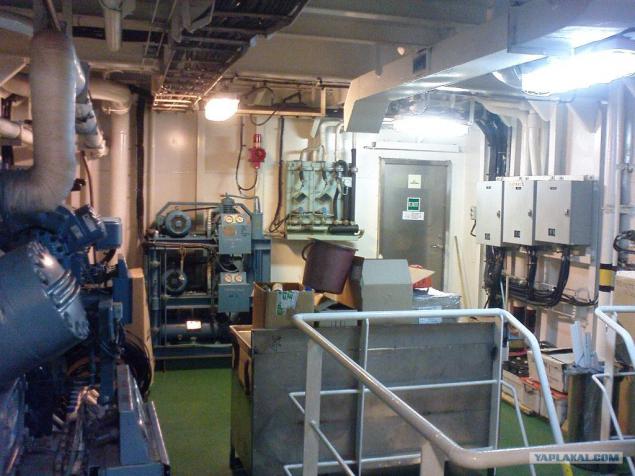
Photo 15: This room (in the previous picture), you can immediately get into the engine room, as this is an emergency exit staircase, on the other side of all symmetrical.
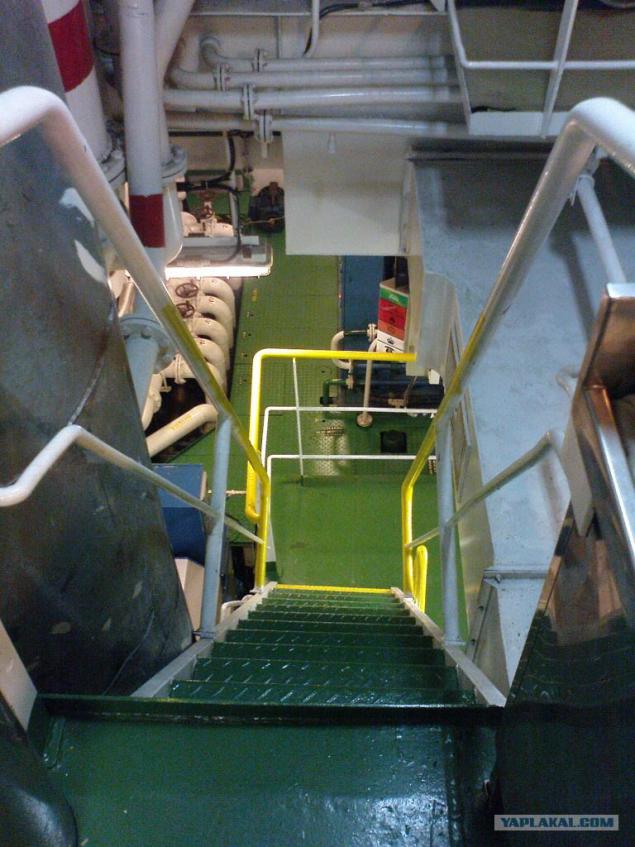
Photo 16: MSB main switchboard.
Located in the CPU - the central control station.
With this board electric power is supplied to consumers (el.motors, lighting ...).

Photo 17: View of the rear of the main switchboard, all panels are easily removed for access to the buses, and service automation. At the end of rack 220 seen separately for households
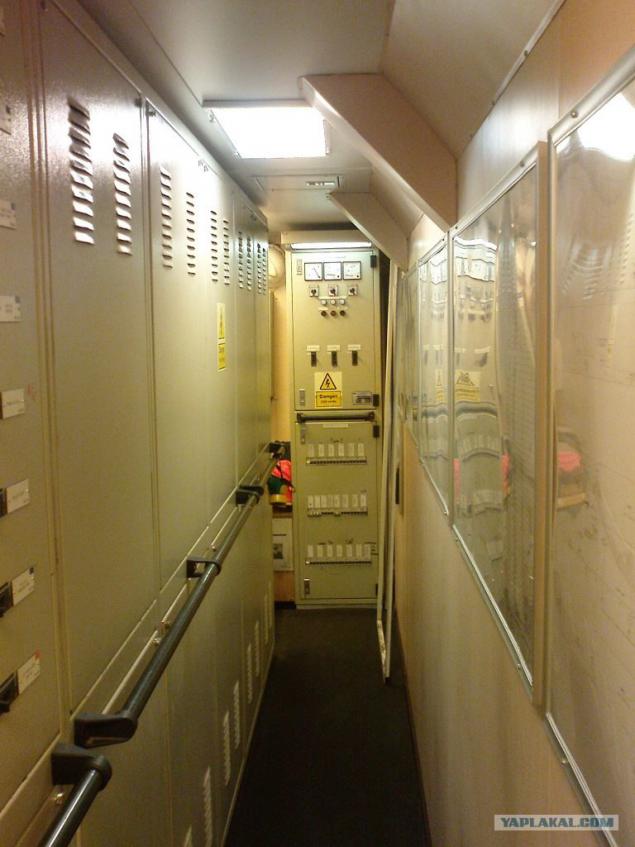
Photo 18: Mimic the main power machines and generators, made with LEDs, so the photos are not clear, from the top in a number of generators in orange, red machines closed, open - green.
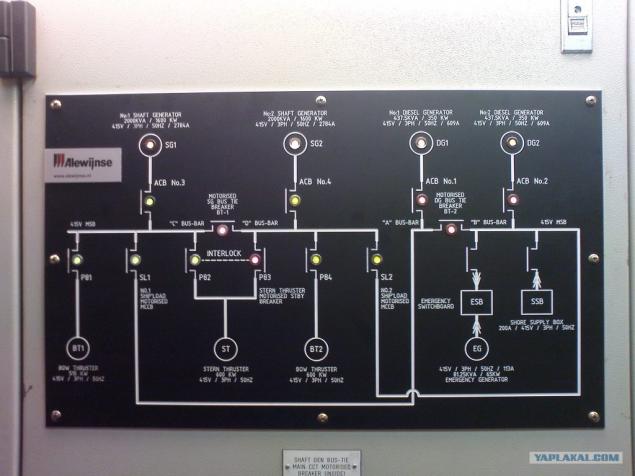
Photo 19: Visible 2 phone in the foreground, 1st batteryless, the selector selects the subscriber, turn the handle, press - say, 30 minutes of talk time again, then normal phone.
Above the emergency generator system 24V, beside her plate incorporating lubricating pumps of main engines.
Further, a large panel system on and monitor the main engines, an analog implementation, monitor her the same thing but with the ability to record and track banal computer, but without the touch-screen
On screen instructions and handbooks (manuals) and part of the hand motorman filling the magazine.
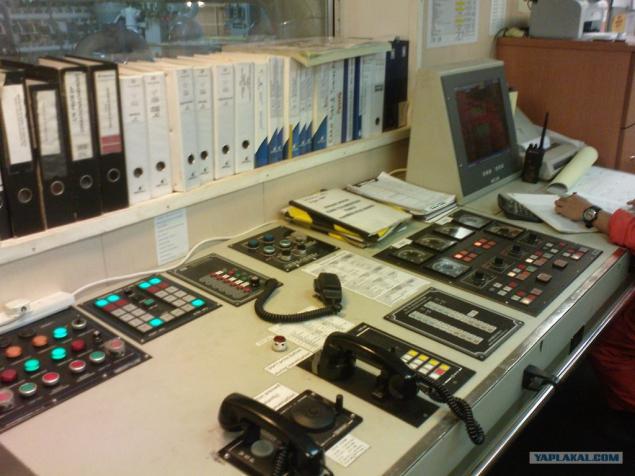
Photo 20: A general view of the CPU, and is now seen minder and 3rd Mechanics, which I was carrying the watch.
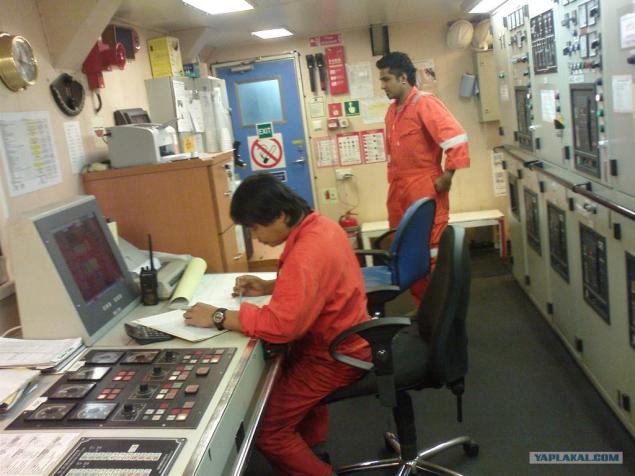
Photo 21: The gray cylinders - e. engines bow tunnel thruster. between the support mechanisms.
On the left a piece of blue tanks - installation sewage.
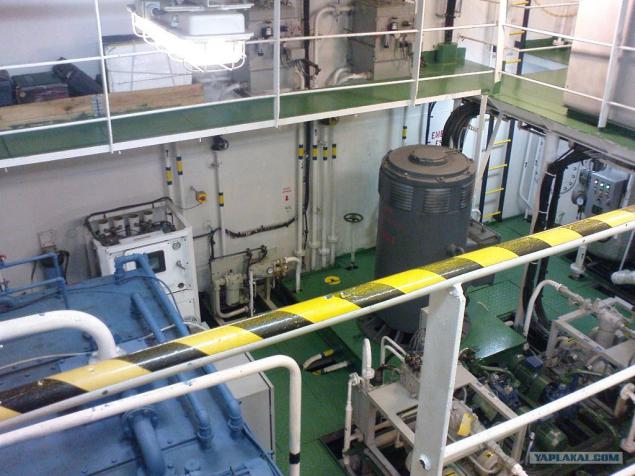
Photo 22: Another view.
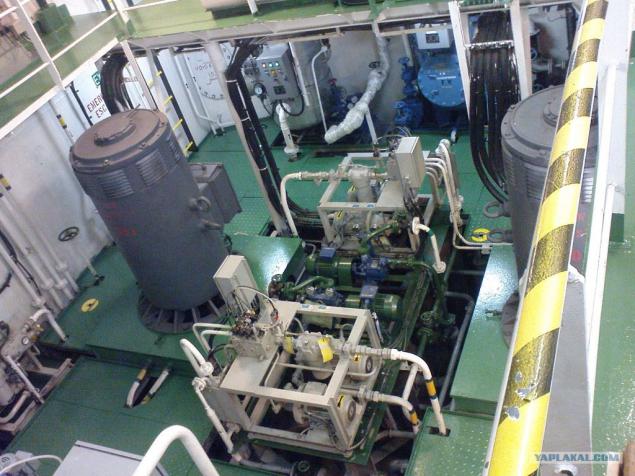
Photo 23: the passage to the control cabinet thrusters, then a few pictures from other angles as well as the room has 2 decks.

Photo 24
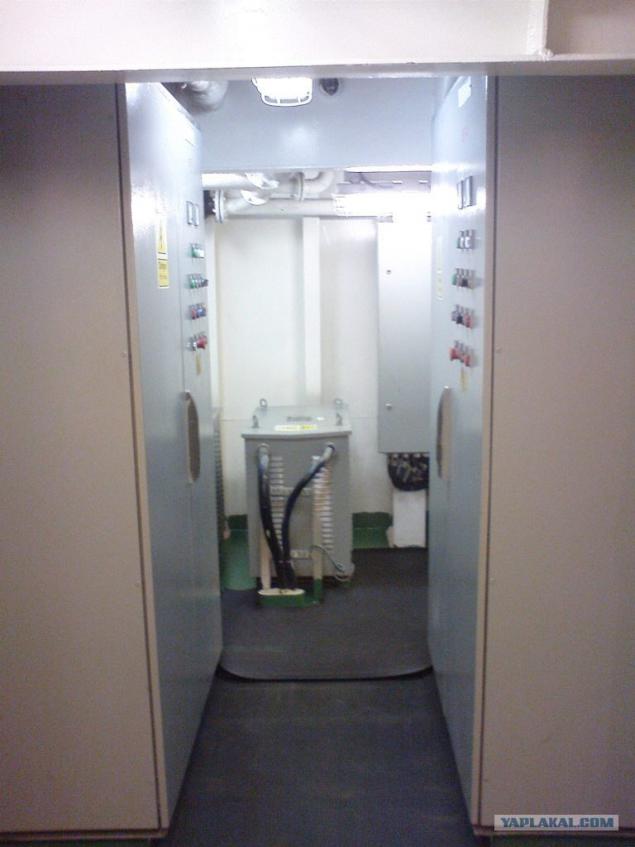
Photo 25
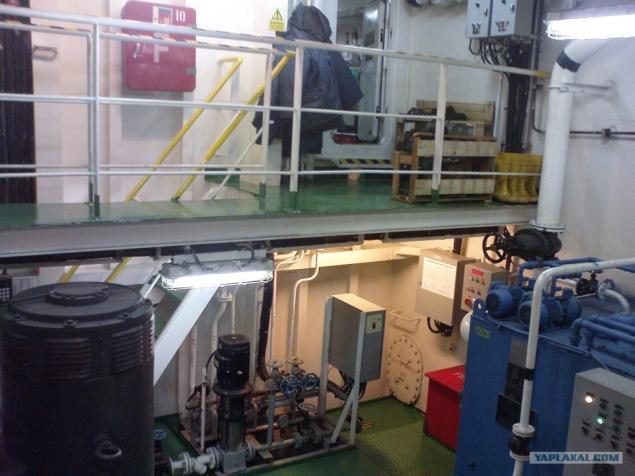
Photo 26: yellow stain is not spilled paint - it hatches for gates and valves.
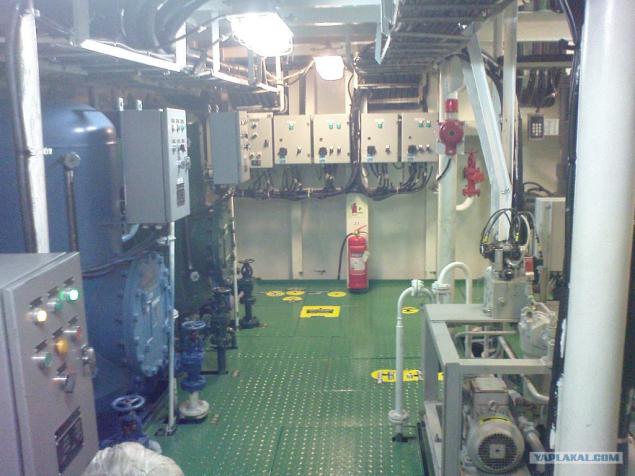
Photo 28: In each room there is a telephone to communicate with the CPU.
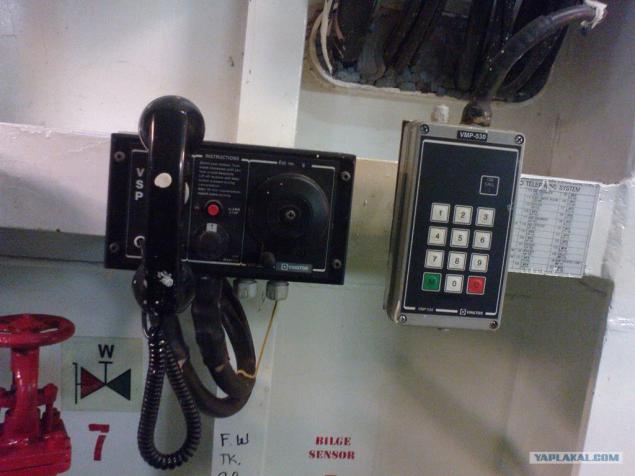
Picture 29: Alarm output, high
Right not burning lamp - it's not my puncture, emergency lighting is 24V.
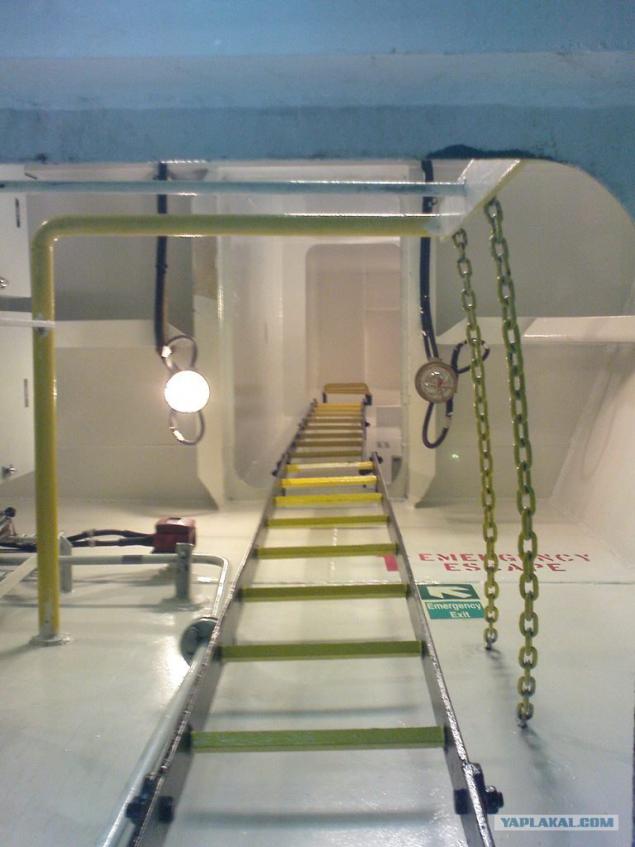
Photo 30: Pumps for transport of fuel, power can not remember, like 150 kW.
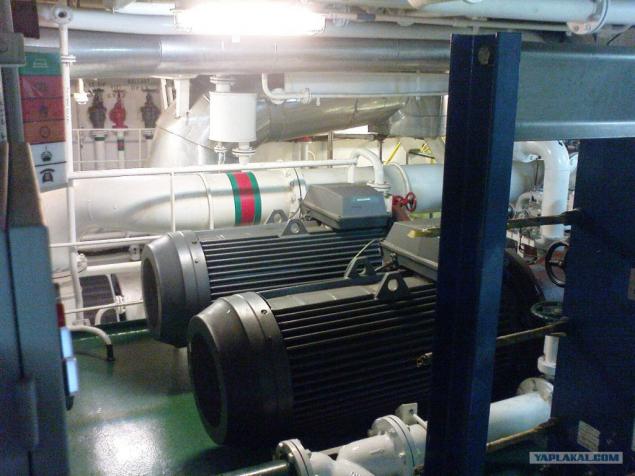
Photo 31: The system of pipelines.
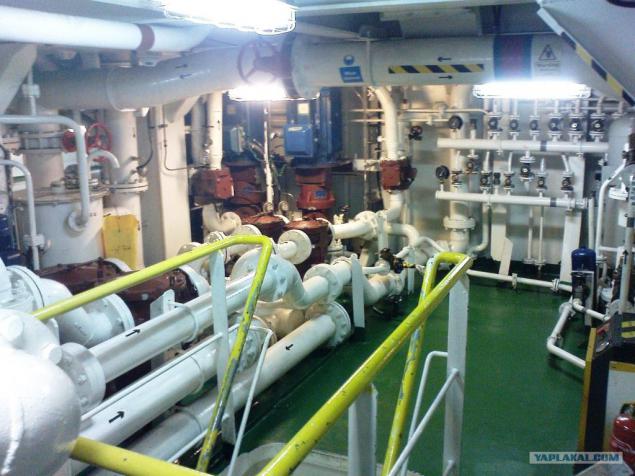
Photo 33: oil separators for main engines, passage height 170 cm, at first I was a little uncomfortable, height 185 cm.
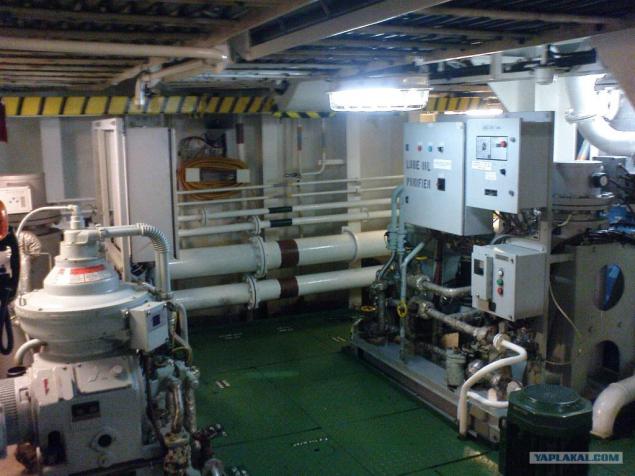
Photo 34: 2 Visible generator CAT 3405 series 350 kW.

Photo 35
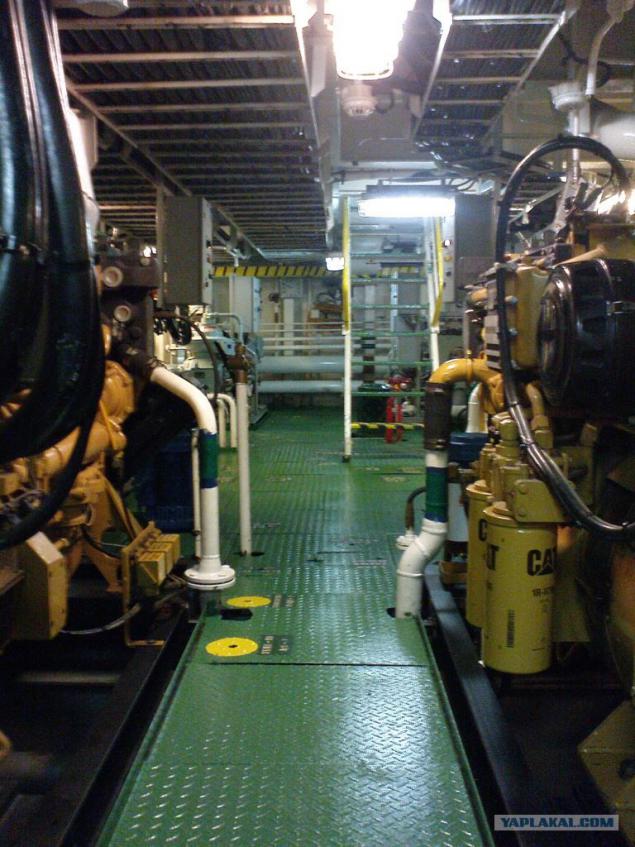
Photo 36: SAT side in white box starter batteries, just above the blue box charger.
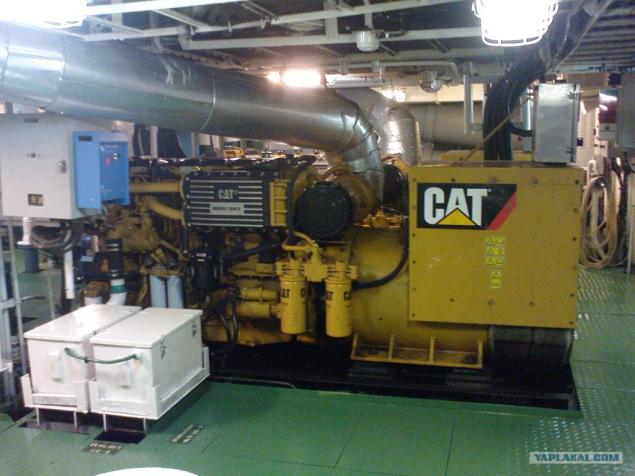
Photo 37: We got to the main engines, Wartsila 9W32L. The total capacity of 10,800 hp
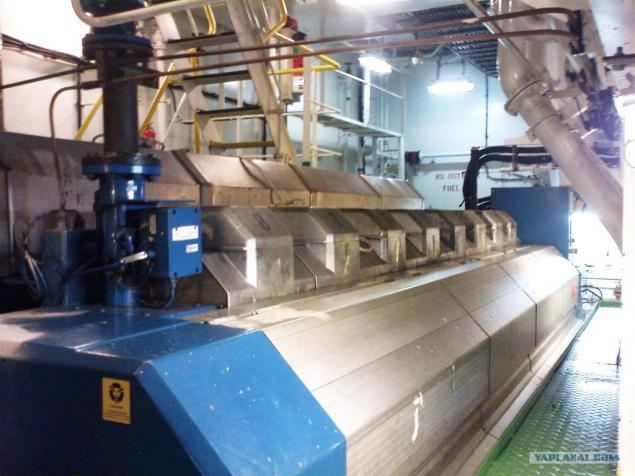
Photo 38
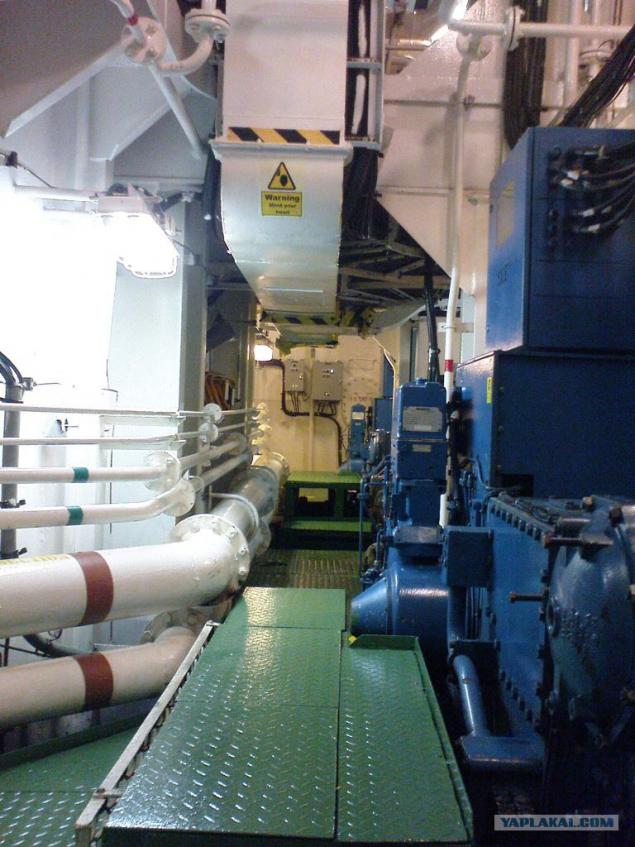
Photo 39
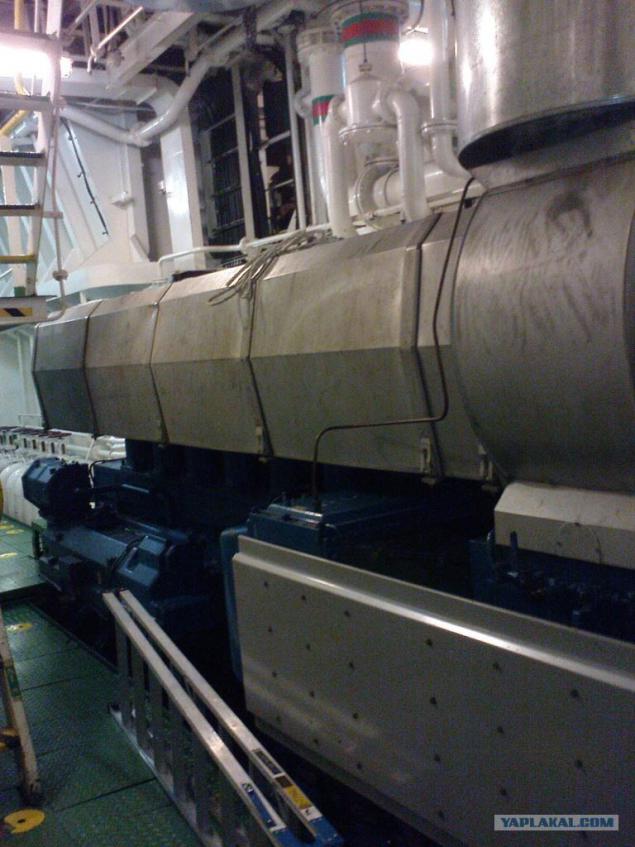
Photo 40
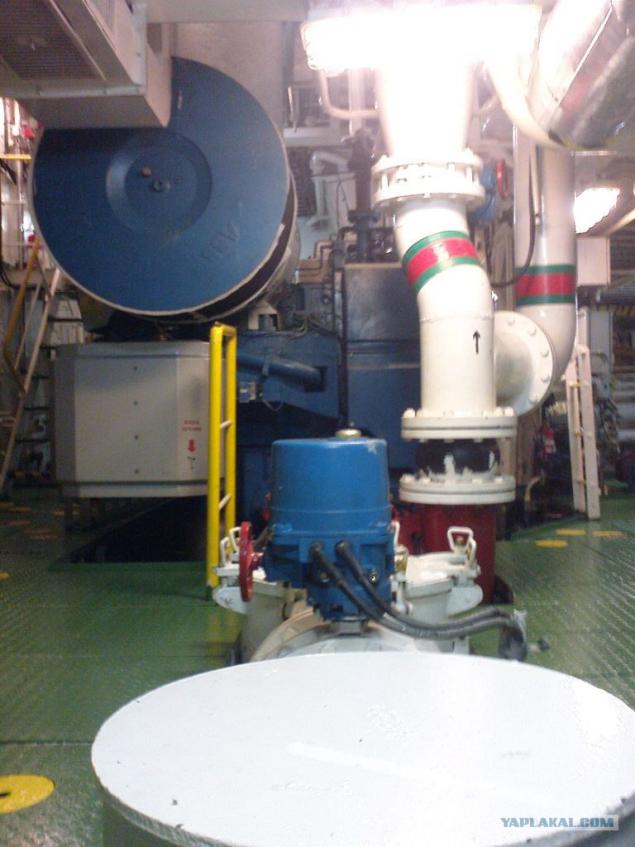
Photo 41: close to the DG is output on the deck, in combination alarm.
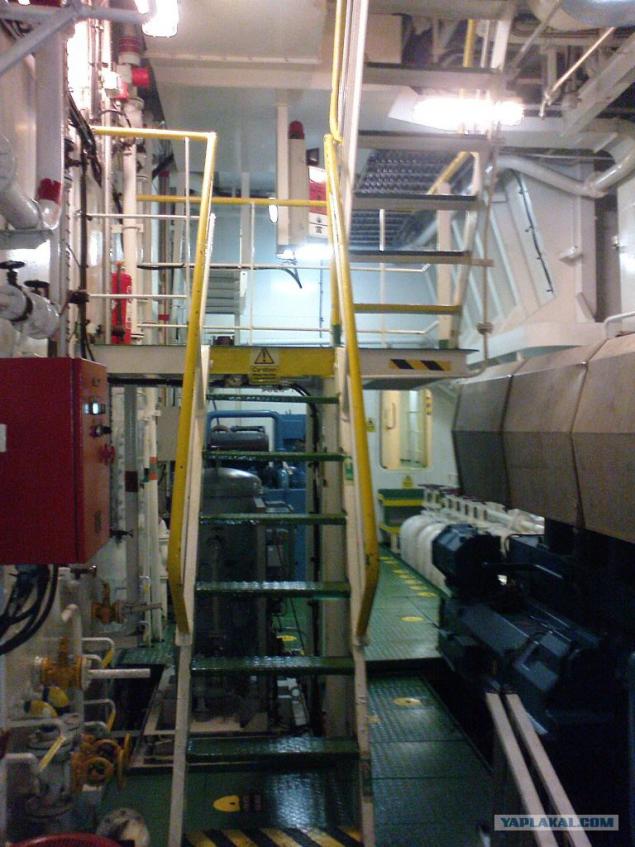
Photo 42: Visible vodozapornaya door leading to the next hold, door height of 130 cm, was held to almost crawling, a couple of times kissed his head and back.
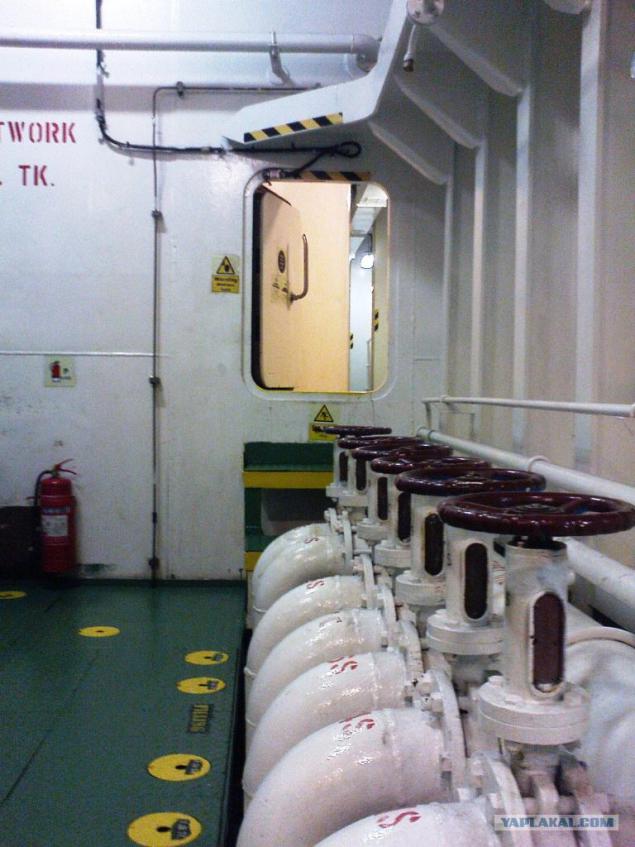
Photo 43: The same door, on the other hand, the picture from a height of growth.
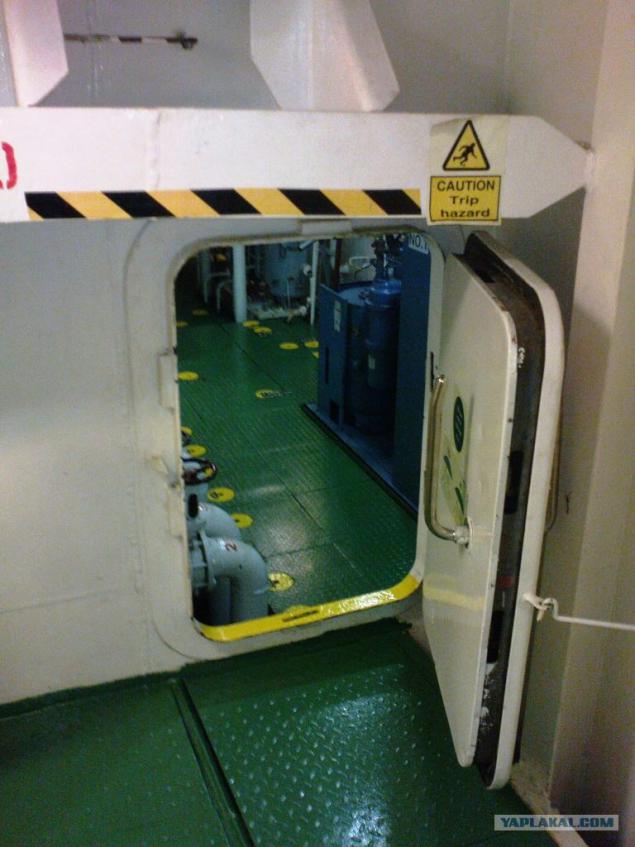
Photo 44: Tanks cylindrical fuel for transportation, cement, bentonite, mud and other expensive goods
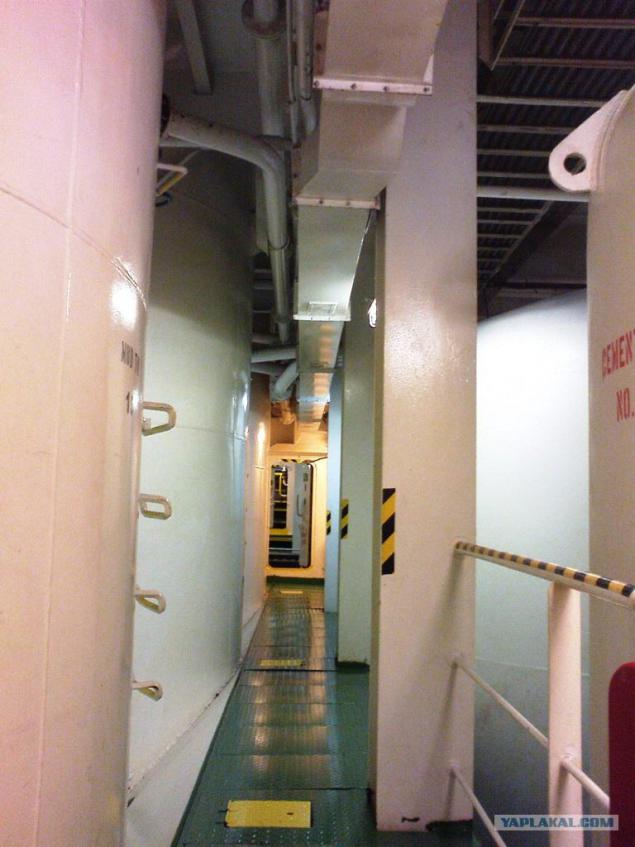
Photo 45
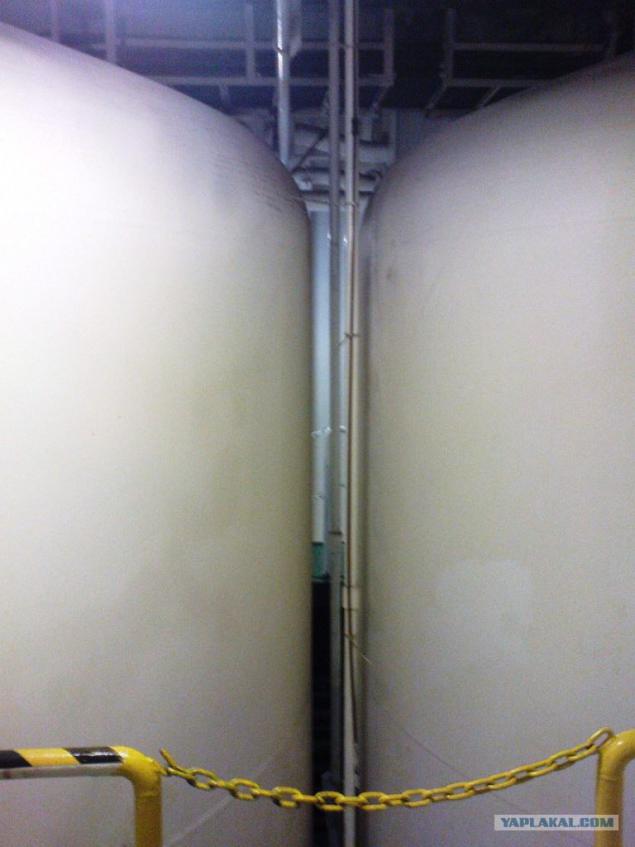
Photo 46

Photo 47: It is clearly seen from a distance catwalks to the deck, only 3 meters down.
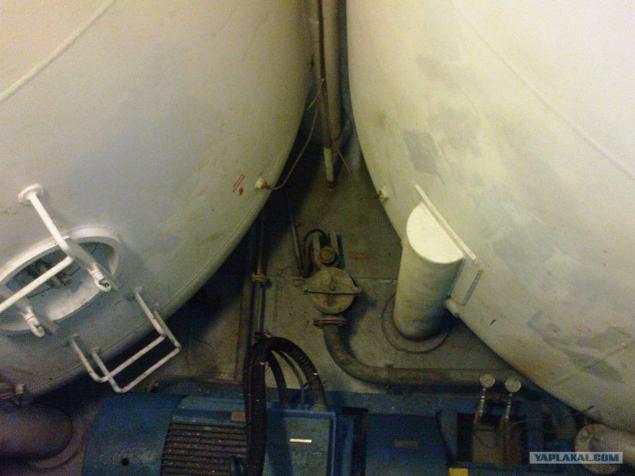
Photo 48: a shaft generator, generator receives energy from the rotation of the shaft through the reduction gear DG.
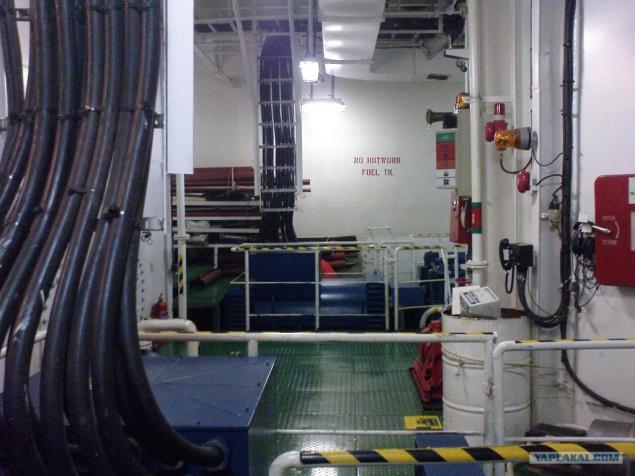
Photo 50: a top view
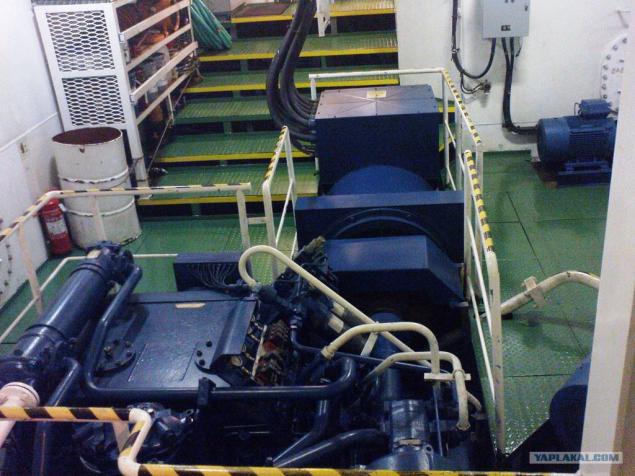
Photo 49: Silent jumped, a plan view
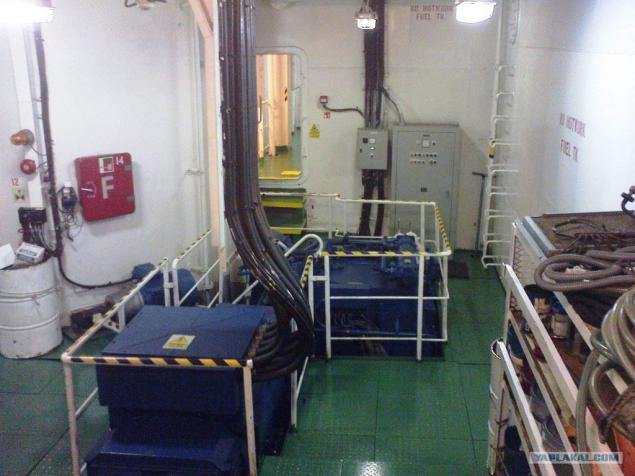
Photo 51: The steering (tiller) office, clearly visible e. Stern thruster engine.
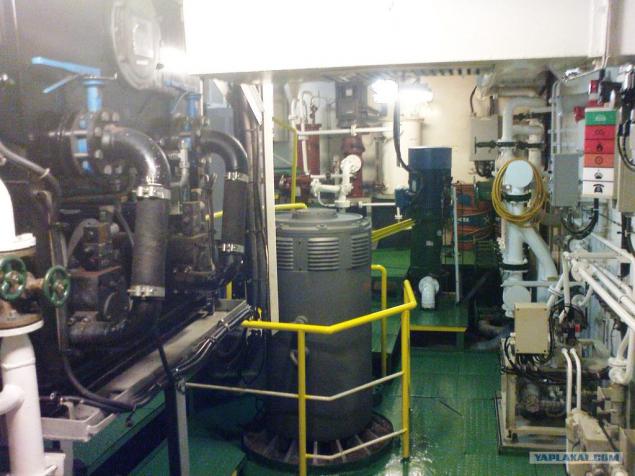
Photo 52: In the background, the hydraulic system of rotation rudders serve is not very convenient as the height at the point a little more than a meter, and the stern is strongly shakes.
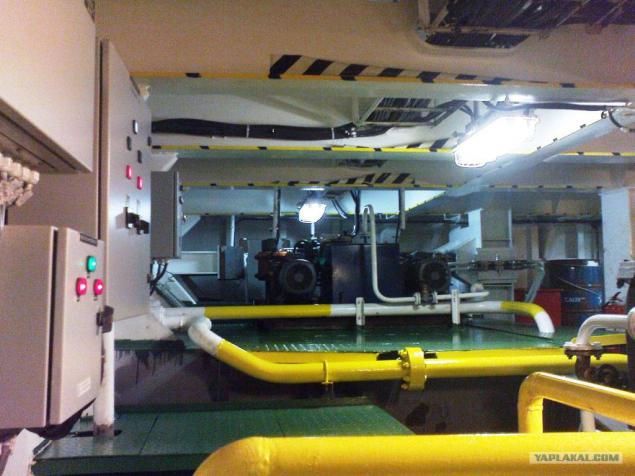
Photo 53: ibid

Photo 54
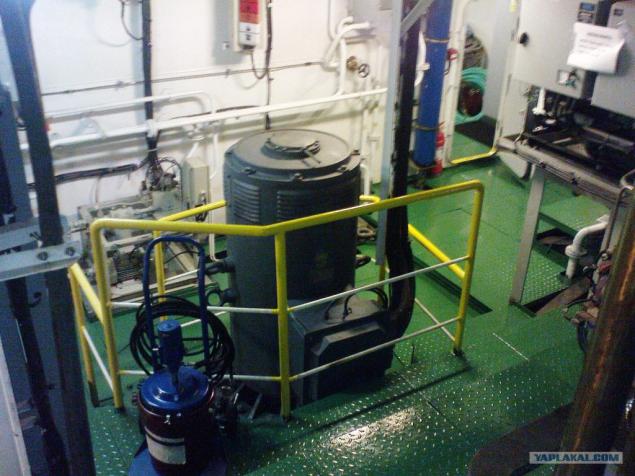
Photo 55, clearly visible piston hydraulic steering.
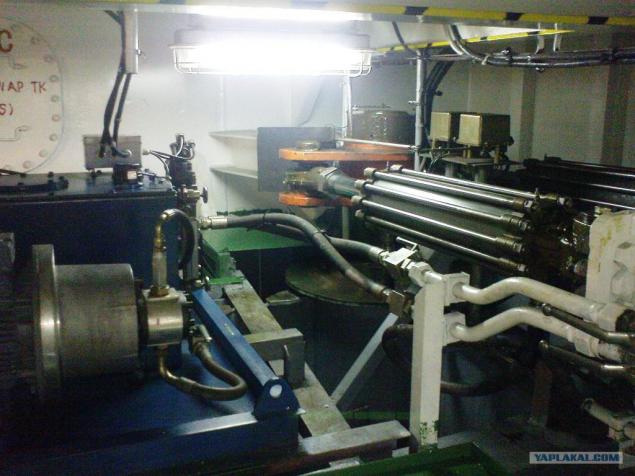
Photo 56: Emergency Management rudders. In the case of failure of the primary system, this place can be controlled manually, top gyro repeater, a cordless phone with a headset.
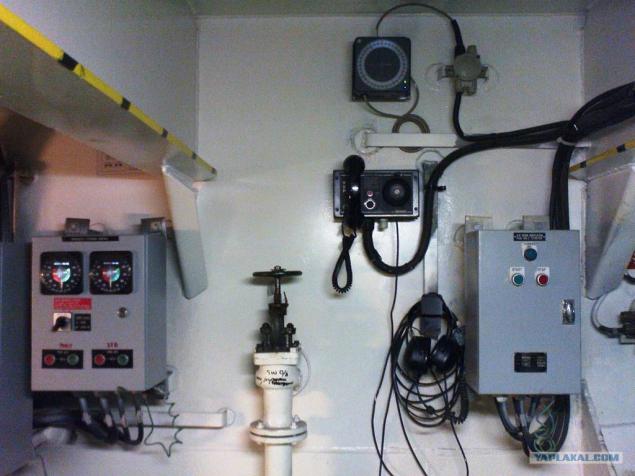
Photo 57: The passage between the emergency exits from the steering compartment.
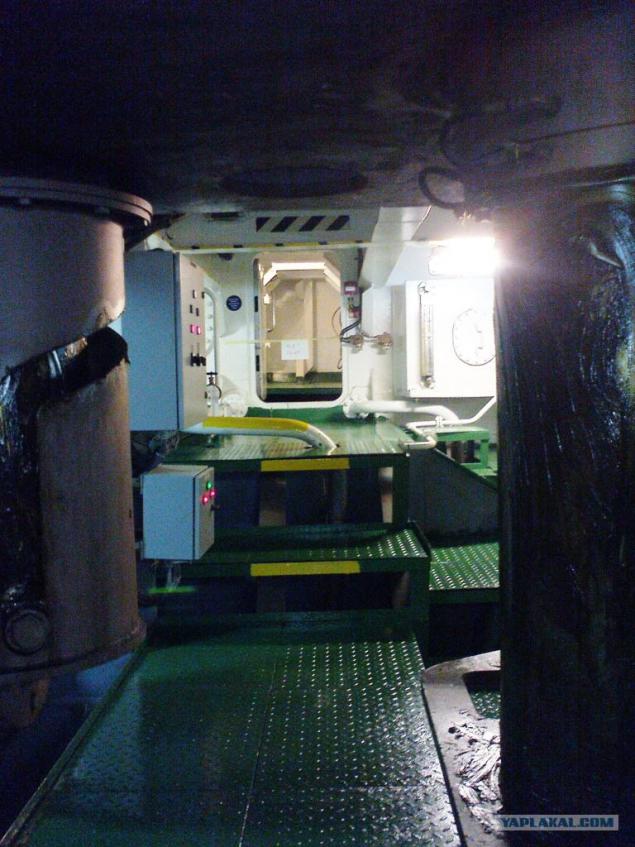
Photo 58: A little closer, painted
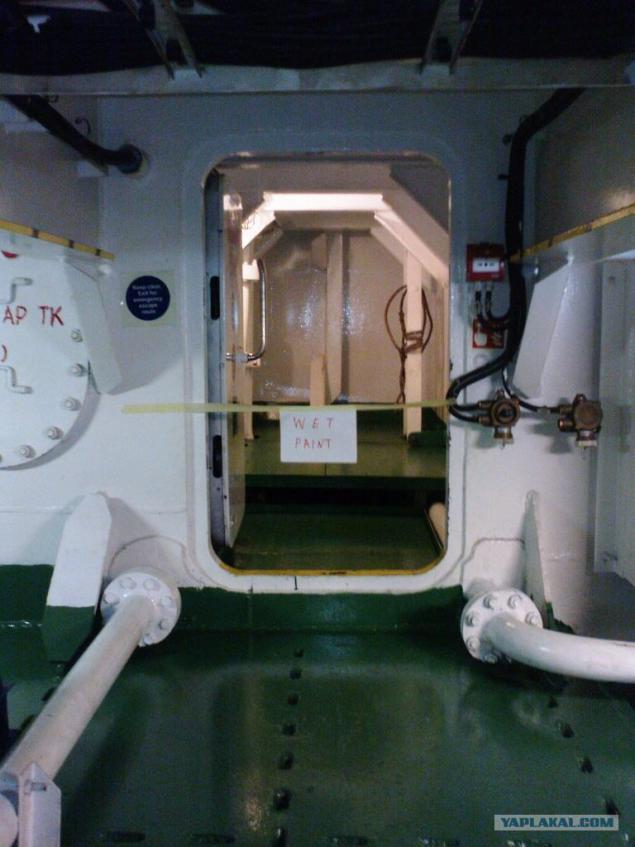
Photo 59: Exit to light, check the lifeboat. Photos from the bridge.
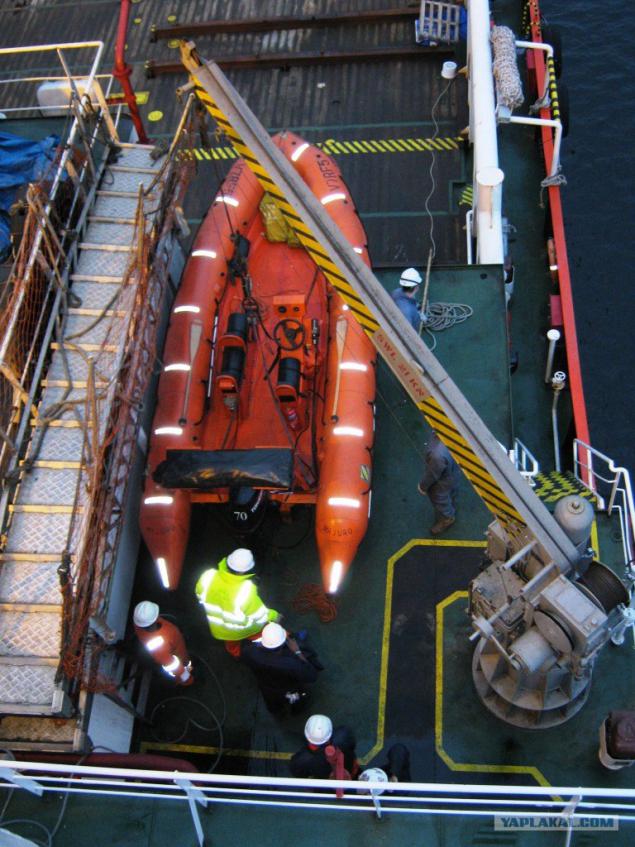
Photo 60: on the contrary.
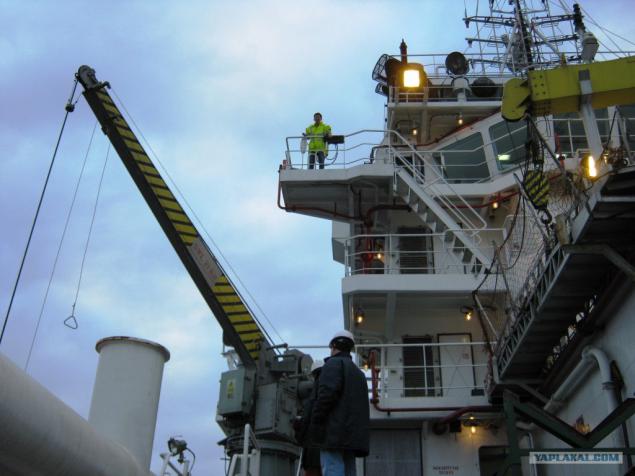
Photo 61: Now climb rescue team.
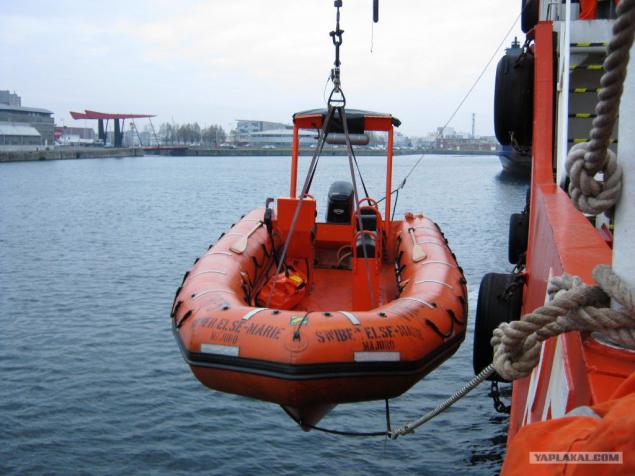
Photo 62: The team on board, drive, starting the engine.
Team:
Chief Mate
The boatswain, sailor
Mechanic.
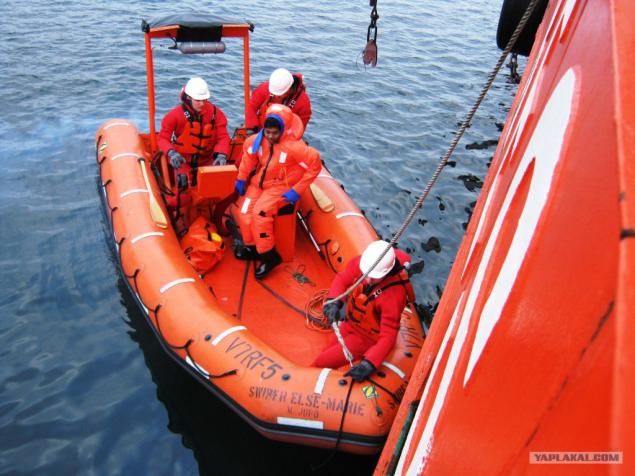
Photo 63: The engine of 70 hp as for me, a little
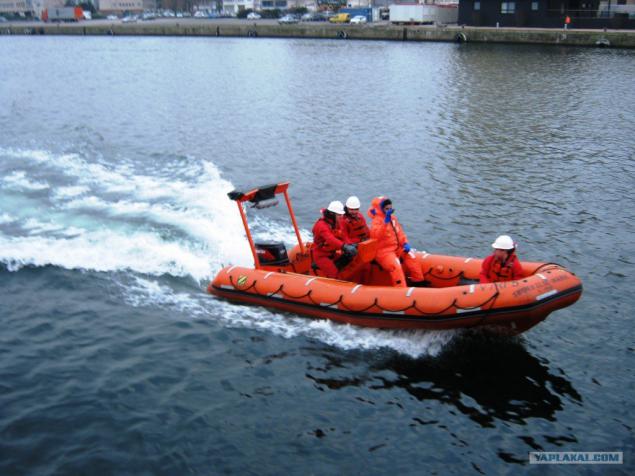
Photo 64: Training of fire alarm, guys in suits, the temperature of +15, glass perspiring heavily, often stumbled.
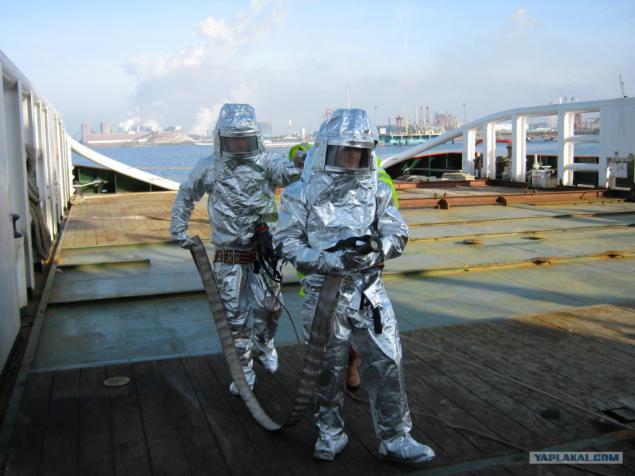
Photo 65: This actually is the ROV.
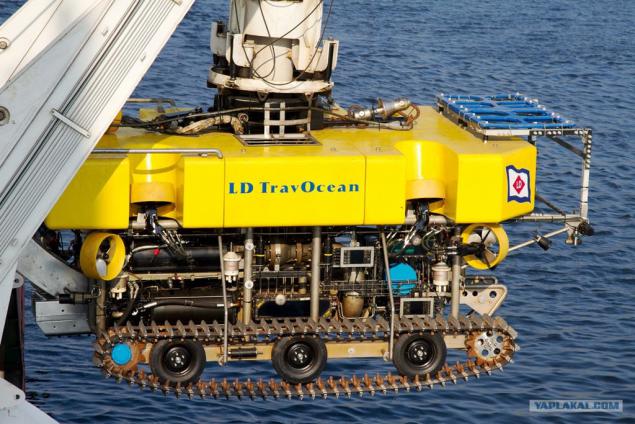
Photo 66
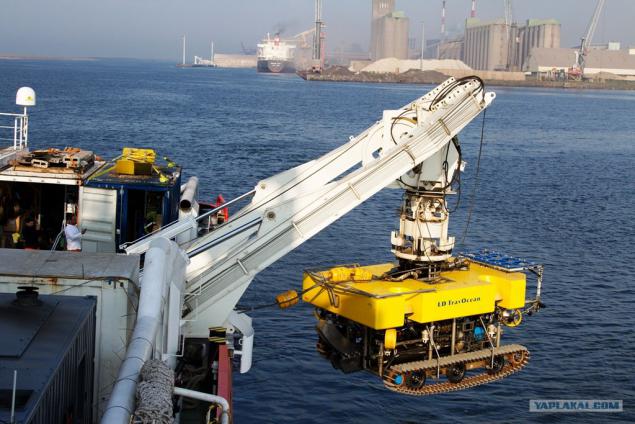
Photo 67
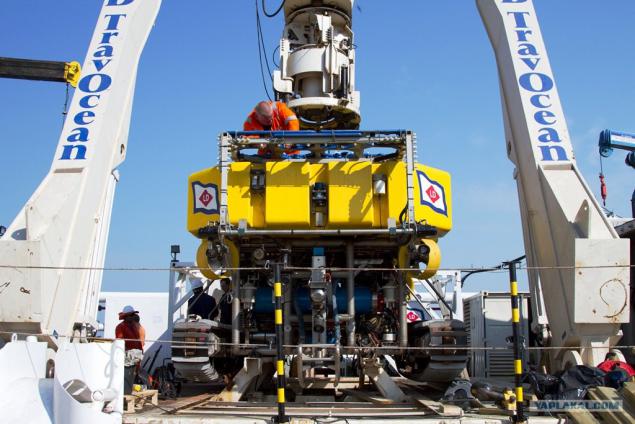
Photo 68: The mechanics serving ROV, all French.
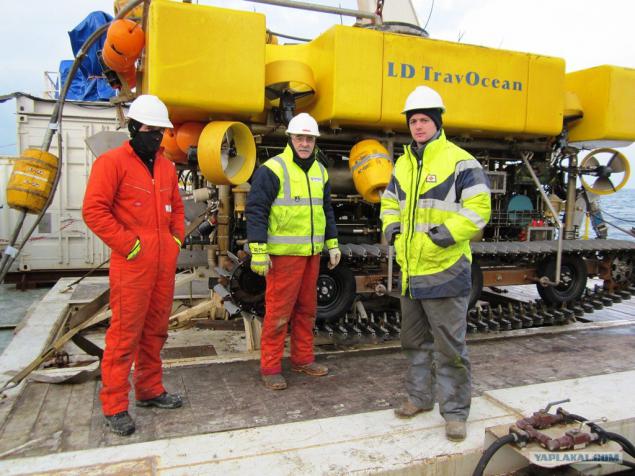
Photo 69: Demobilization, removes from the deck of all the equipment, and will put more back into the sea.
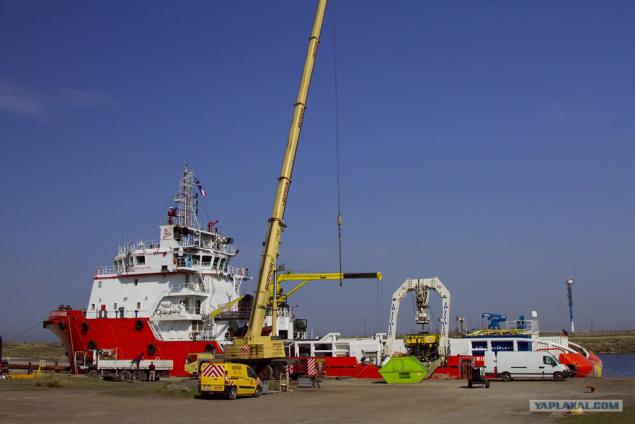
Photo 70: This is our place of work Walney Offshore Windfarm, the Irish Sea.
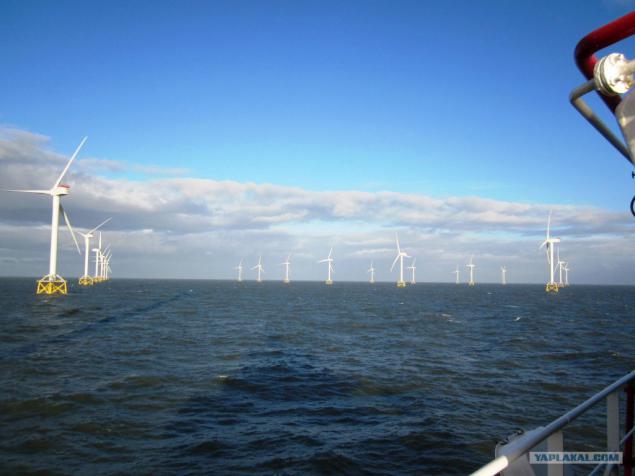
Photo 71
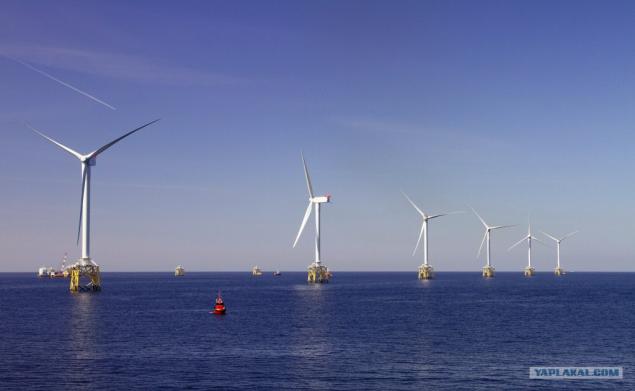
Photo 72
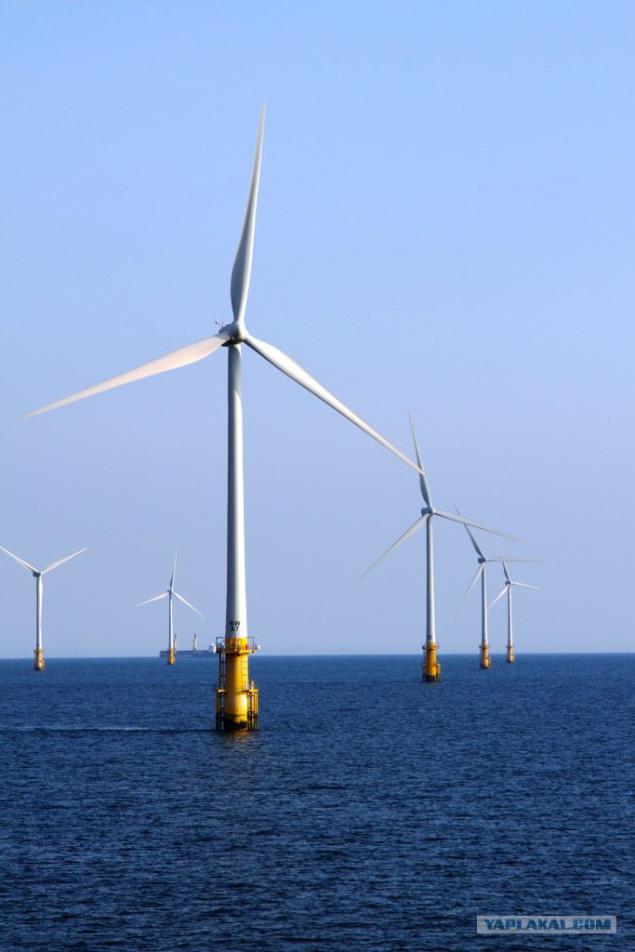
Photo 73
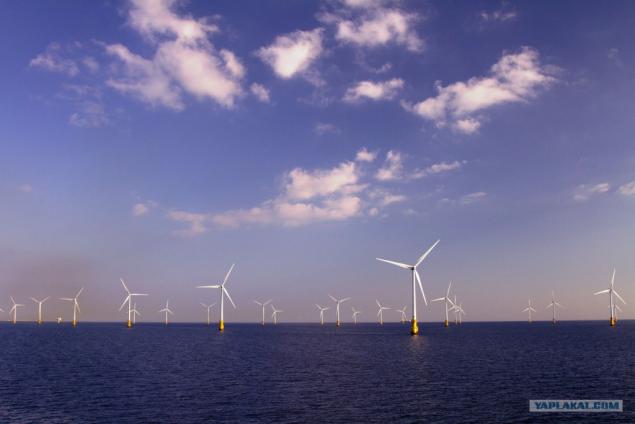
Photo 74: The lighthouse at the entrance to the port of Dunkerque, France, tide level seen around the lighthouse going fishermen
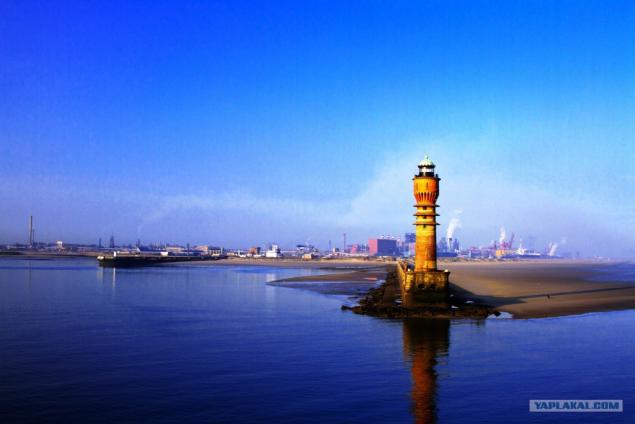
Photo 75: A little closer
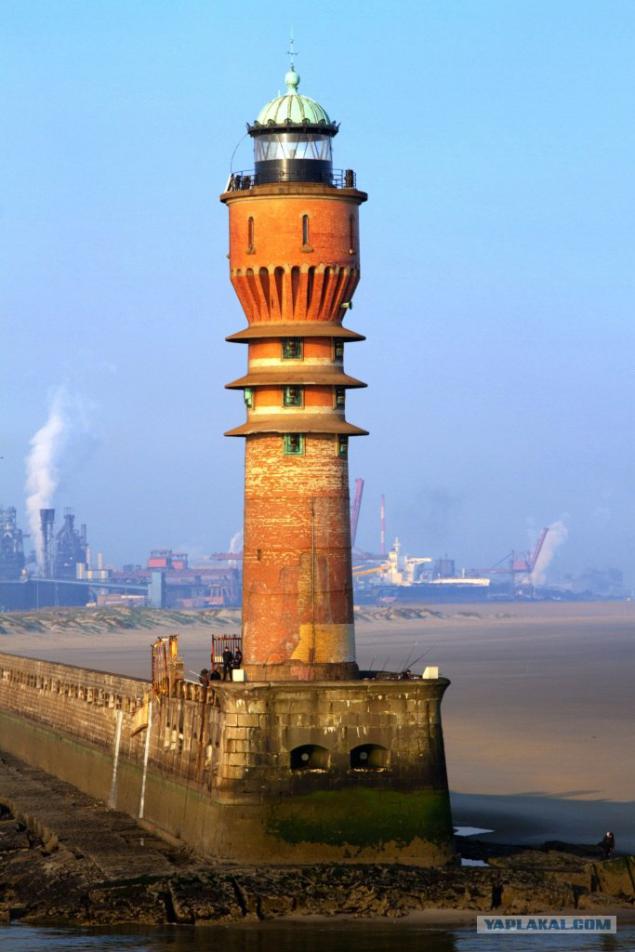
Photo 76
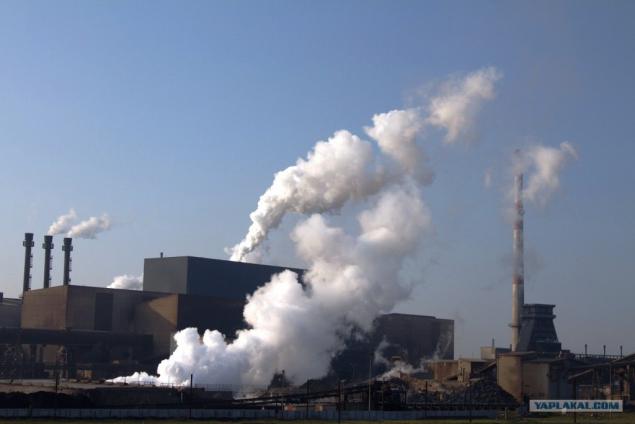
Photo 77

Photo 78
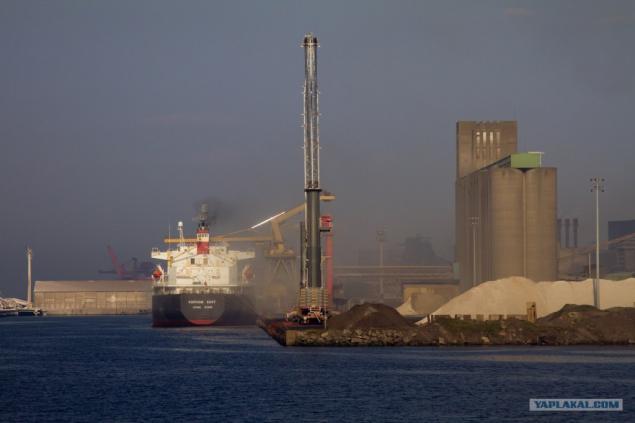
Photo 79
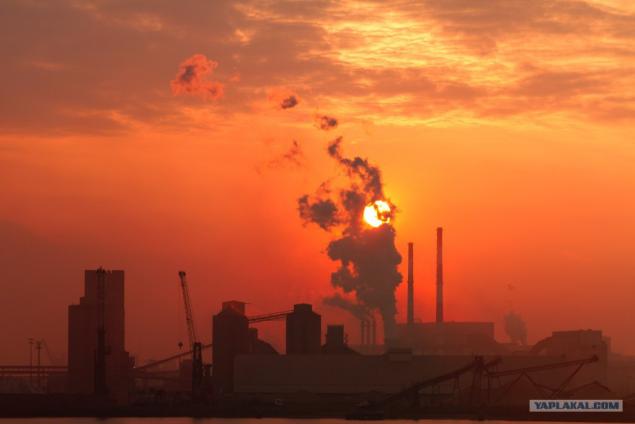
Photo 80
Posted in [mergetime] 1352148377 [/ mergetime]
That's all, if you would be interested I will upload photo reports and more.
Thanks.
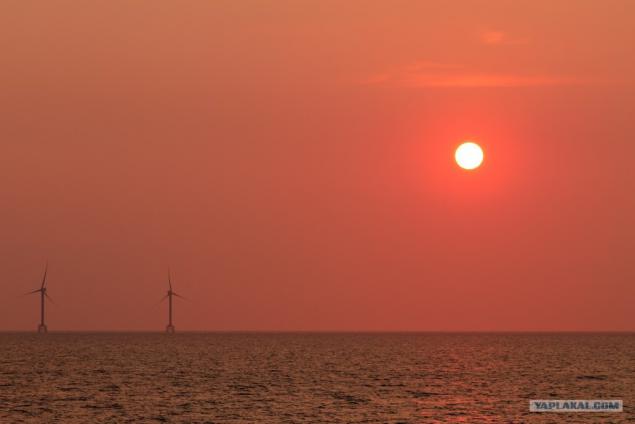
Source:
80 pictures
The vessel AHTS (Anchor heandling, towing and supply), intended for the rewind / lift anchor, towing and supply oil platforms, the vessel can also be used for other purposes, in our case, for operations with ROV (Remote operation vechicle), in Russian technical regulations (remotely operated underwater unit).
So there you go ...
Photo 1: General view, parking in Dunkerque, France.

Photo 2: View from the nose.

Photo 3: Rear bridge - for operations in DP mode (when the ship is kept in a specified point by dvizheteley and sensors), busirovke, yakorezavodke ...

Photo 4: navigation, chart table, here seen maps that are paving the route to the right box with cables, satellite Internet equipment, the background of CEP

Photo 5: The right side of the bridge - a relaxation area for deck officers, right behind the scenes was a table with a coffee machine, kettle, biscuits ... Beer and other forbidden us, otherwise the ticket home

Photo 6: Corridor residential deck cabins have everything except the captain and chief engineer small 3 * 4 m high, I'm sorry but there is no picture cabins.

Photo 7: Stairs, steps high and steep for the person who will be the first time for him to go - a small test, some stumble, eventually you start on them "fly»

Photo 8: deck below, visible staircase.
Sign on the door with the names of crew members and the time of the watch, the watch is usually try not to worry, just ask to be quiet in the corridors, for those who sleep on the wall of red box with flashing lights, fire alarm, visible in front of her "pancake" - a speakerphone Us.

Photo 9: Another corridor, but on the other deck, everything looks the same, only the numbers are different cabins. At the end of the corridor is visible to the door, usually it hides pipe or drain, or perhaps a regular closet.

Photo 10: Messroom or dining room, due to lack of lighting is dim picture. but still visible.
Tables for the crew, the right of them garbage cans with colored caps, according to the law, we share the garbage - waste food, plastic, paper, all in different tanks.

Photo 11: Another view
Refrigerators can be seen, there is stored juices softdrink'i (Coca-cola, Pepsi and other rubbish), ice cream, cheese, snacks ... window to the kitchen and part of the cook.
The right of the notice board, a variety of information to the crew, while training for a fire alarm ...

Photo 12: Here we change (lockers right) and erasable, and kombeza in small cars washed prohibited, for this is Pobol (in the background). Immediately to the left - a clothes dryer.

I'm sorry there were problems with the internet, continue
Photo 13: We got up and "stuffing". The compressor, in combination my warehouse, the background is visible lattice for it holds spare parts for all the equipment. In the foreground of the box with a new ZIPom and distilled. water for batteries, not only got time to tell.

Photo 14: View from the other side

Photo 15: This room (in the previous picture), you can immediately get into the engine room, as this is an emergency exit staircase, on the other side of all symmetrical.

Photo 16: MSB main switchboard.
Located in the CPU - the central control station.
With this board electric power is supplied to consumers (el.motors, lighting ...).

Photo 17: View of the rear of the main switchboard, all panels are easily removed for access to the buses, and service automation. At the end of rack 220 seen separately for households

Photo 18: Mimic the main power machines and generators, made with LEDs, so the photos are not clear, from the top in a number of generators in orange, red machines closed, open - green.

Photo 19: Visible 2 phone in the foreground, 1st batteryless, the selector selects the subscriber, turn the handle, press - say, 30 minutes of talk time again, then normal phone.
Above the emergency generator system 24V, beside her plate incorporating lubricating pumps of main engines.
Further, a large panel system on and monitor the main engines, an analog implementation, monitor her the same thing but with the ability to record and track banal computer, but without the touch-screen
On screen instructions and handbooks (manuals) and part of the hand motorman filling the magazine.

Photo 20: A general view of the CPU, and is now seen minder and 3rd Mechanics, which I was carrying the watch.

Photo 21: The gray cylinders - e. engines bow tunnel thruster. between the support mechanisms.
On the left a piece of blue tanks - installation sewage.

Photo 22: Another view.

Photo 23: the passage to the control cabinet thrusters, then a few pictures from other angles as well as the room has 2 decks.

Photo 24

Photo 25

Photo 26: yellow stain is not spilled paint - it hatches for gates and valves.

Photo 28: In each room there is a telephone to communicate with the CPU.

Picture 29: Alarm output, high
Right not burning lamp - it's not my puncture, emergency lighting is 24V.

Photo 30: Pumps for transport of fuel, power can not remember, like 150 kW.

Photo 31: The system of pipelines.

Photo 33: oil separators for main engines, passage height 170 cm, at first I was a little uncomfortable, height 185 cm.

Photo 34: 2 Visible generator CAT 3405 series 350 kW.

Photo 35

Photo 36: SAT side in white box starter batteries, just above the blue box charger.

Photo 37: We got to the main engines, Wartsila 9W32L. The total capacity of 10,800 hp

Photo 38

Photo 39

Photo 40

Photo 41: close to the DG is output on the deck, in combination alarm.

Photo 42: Visible vodozapornaya door leading to the next hold, door height of 130 cm, was held to almost crawling, a couple of times kissed his head and back.

Photo 43: The same door, on the other hand, the picture from a height of growth.

Photo 44: Tanks cylindrical fuel for transportation, cement, bentonite, mud and other expensive goods

Photo 45

Photo 46

Photo 47: It is clearly seen from a distance catwalks to the deck, only 3 meters down.

Photo 48: a shaft generator, generator receives energy from the rotation of the shaft through the reduction gear DG.

Photo 50: a top view

Photo 49: Silent jumped, a plan view

Photo 51: The steering (tiller) office, clearly visible e. Stern thruster engine.

Photo 52: In the background, the hydraulic system of rotation rudders serve is not very convenient as the height at the point a little more than a meter, and the stern is strongly shakes.

Photo 53: ibid

Photo 54

Photo 55, clearly visible piston hydraulic steering.

Photo 56: Emergency Management rudders. In the case of failure of the primary system, this place can be controlled manually, top gyro repeater, a cordless phone with a headset.

Photo 57: The passage between the emergency exits from the steering compartment.

Photo 58: A little closer, painted

Photo 59: Exit to light, check the lifeboat. Photos from the bridge.

Photo 60: on the contrary.

Photo 61: Now climb rescue team.

Photo 62: The team on board, drive, starting the engine.
Team:
Chief Mate
The boatswain, sailor
Mechanic.

Photo 63: The engine of 70 hp as for me, a little

Photo 64: Training of fire alarm, guys in suits, the temperature of +15, glass perspiring heavily, often stumbled.

Photo 65: This actually is the ROV.

Photo 66

Photo 67

Photo 68: The mechanics serving ROV, all French.

Photo 69: Demobilization, removes from the deck of all the equipment, and will put more back into the sea.

Photo 70: This is our place of work Walney Offshore Windfarm, the Irish Sea.

Photo 71

Photo 72

Photo 73

Photo 74: The lighthouse at the entrance to the port of Dunkerque, France, tide level seen around the lighthouse going fishermen

Photo 75: A little closer

Photo 76

Photo 77

Photo 78

Photo 79

Photo 80
Posted in [mergetime] 1352148377 [/ mergetime]
That's all, if you would be interested I will upload photo reports and more.
Thanks.

Source:


